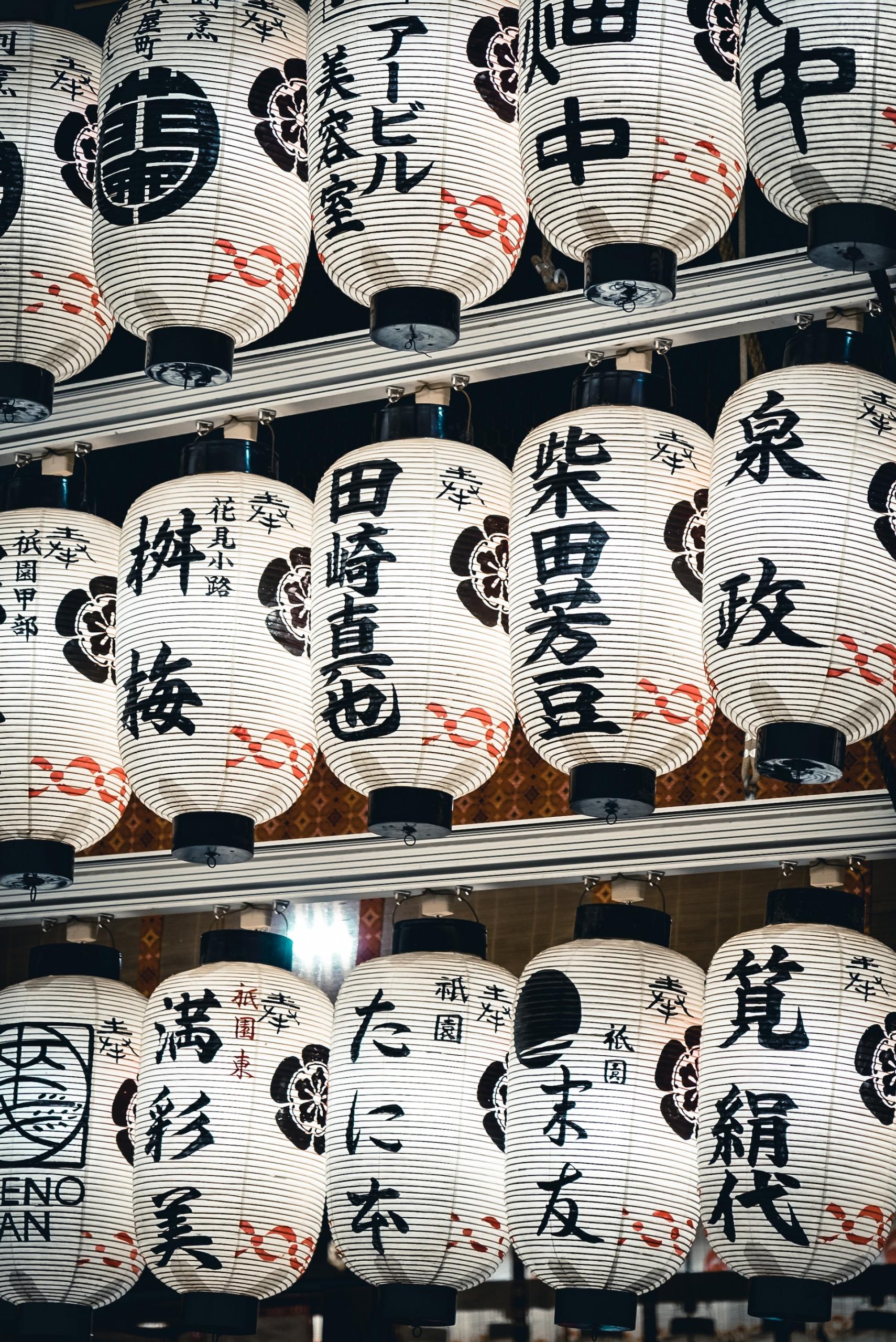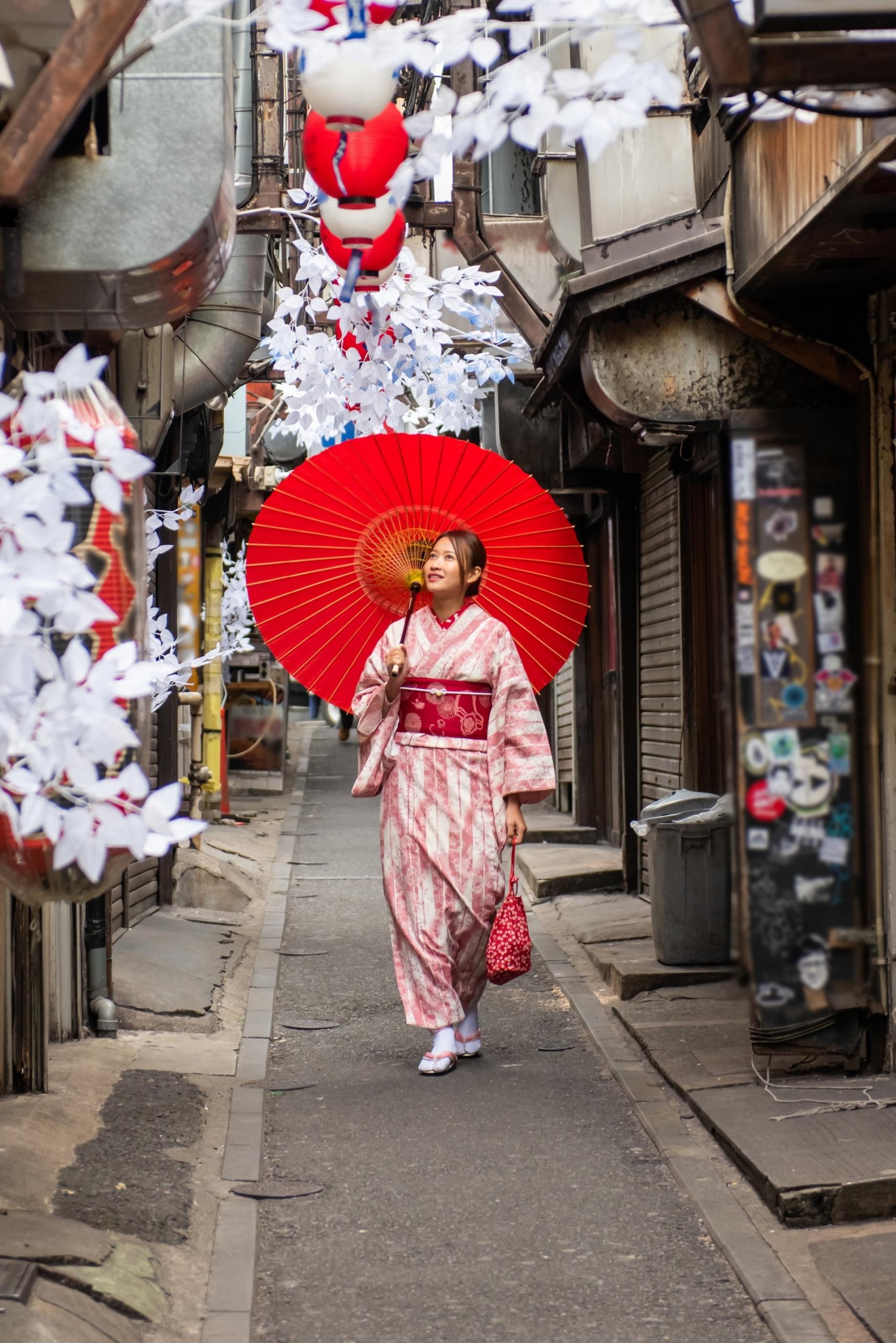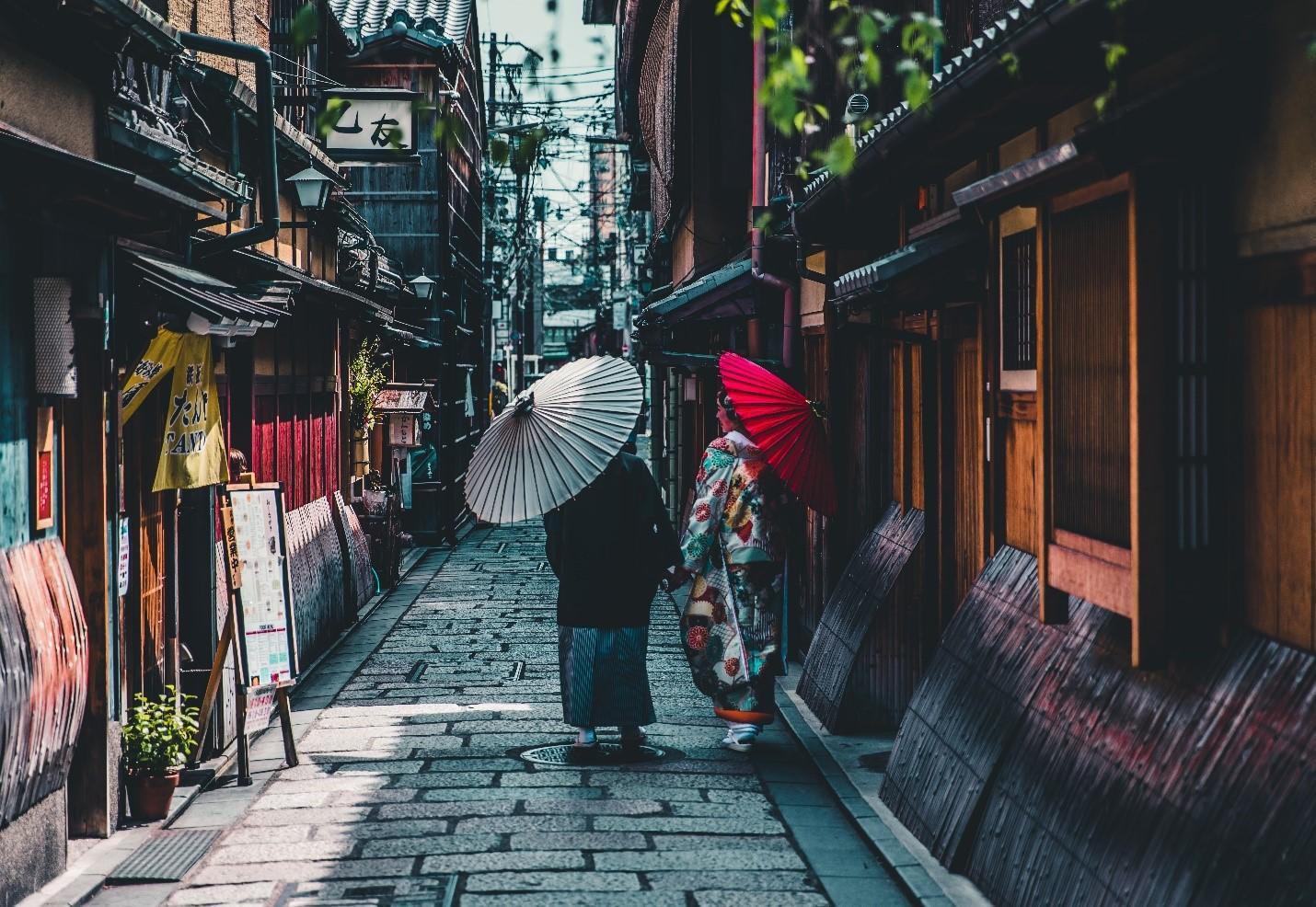Let's say you've just enroled in a Japanese for Beginners course. You already know you must master three writing systems: Kanji, Hiragana, and Katana. Furthermore, you'll have to understand Japanese grammar and learn how to speak with Japan's pitch-accent. Japanese beginners have a lot of practice ahead of them.
Students undertaking such a complex task might think that taking Japanese lessons with a teacher or tutor is the only way to succeed. Around the world, Superprof's 1500 Japanese tutors agree. In Australia, Superprof's 320 Japanese tutors are ready to guide you through beginners' Japanese.
But with all of the tools independent learners have access to, learning Japanese for beginners doesn't require formal lessons. If you have the discipline to see your commitment through, you too can learn Japanese practically on your own.
We say practically because you'll need to find conversation partners to practise your speaking and listening skills. But even that is easy to do, thanks to the technology we have at our disposal.
This article shows you how to learn Japanese at your own pace. You'll find tips to make your self-study more efficient and engaging, along with practical advice to move your quickly beyond beginners' Japanese. Are you ready? Ha ji me ma sh o u - はじめましょう! (Let's start!)

Japanese Beginners and Writing Systems

Japanese written language consists of pictograms. Each 'picture' has an assigned sound; these 'syllable sounds' may change depending on which pictograms they're next to. Often, when a pictogram's sound isn't immediately obvious, it will feature a furigana - a 'helper' to tell you how to pronounce it.
Furigana is not a part of the Japanese language writing system. Neither is romaji - the romanisation of Japanese pictogram sounds.
In this article's introduction, you read Ha ji me ma sh o u. Those syllables represented the sounds はじめましょう make: seven sounds for seven pictograms. Your Beginners' Japanese study materials will feature pictograms with their romanisations either above or below them.
The Japanese language draws on three writing systems. Each serves a purpose and two of them function like alphabets. You must learn all three to become proficient in Japanese.
Kanji
- is angular; no curves
- looks like Chinese writing
- used with hiragana
- used for names and places, and several verbs
Hiragana
- 46 pictograms
- function as syllables
- completes words; used with Kanji
- only used for words of Japanese origin
Katakana
- literally 'fragments of kanji'
- 48 pictograms
- same sounds as hiragana
- used for 'imported' words
How to Learn Japanese Grammar Through Writing
Japanese grammar isn't anything like English grammar. In some ways, Japanese grammar is easier because it only has two verb tenses. Anything you describe either happens in the past tense or the non-past - what we call present and future tenses.
Many languages use formal and informal speech, including English. In Japan, formality takes on a new dimension. The Japanese language uses two different grammar systems, 'polite' and 'plain'. You would address an elder using polite grammar but you can chat with your classmates with plain grammar constructions.
These alternate grammar systems can make reading Japanese difficult for beginner learners. That's why Japanese teachers recommend studying Japanese grammar starting with your first lesson, and doing so in tandem with writing practice. You can write both the 'polite' and 'plain' forms of each new phrase you learn to say.
Japanese Beginners: Learn Words and Phrases
こんにちは! Kon ni chiwa! This standard greeting is a shortened, archaic version of "How is it on this day?". It refers specifically to 'good afternoon' too - as opposed to 'good morning' (おはようございます -ohayou gozaimasu) and 'good evening' Hello to you (こんばんは - konbanwa).

Japanese is truly a language best learnt all at once. Typically, a language class first focuses on saying basic phrases and recognising common sounds. However, Japanese teachers recommend first getting familiar with the writing and grammar systems. As you're learning on your own, you're in a good position to follow that advice.
Nothing says you can't master a few common phrases while you practise penning kanji, though. For instance, kudasai (下さい, or simplyさい) remains kudasai regardless of the situation. This word roughly translates to "please" if you want someone to do something.
The word chōdai (頂戴 - or, as it is more often seen: ちょうだい) is suitable if you're in an informal situation. If you watch Japanese television shows, you'll hear friends or peers say please this way. By contrast, you'd say dōzo (どうぞ) to offer something that someone asked you for - a cup of tea or the telly remote.
The Japanese have many ways to say 'please' but one you should use sparingly: puriizu (プリーズ). It is highly informal and often looked down on. You might hear it spoken in a mocking tone during a satirical performance.
Japanese Beginners: Setting up a Schedule
If you're learning Japanese on your own, you must be curious about the language and culture of Japan. This level of interest will only take you so far; you might decide to chuck it once the going gets tough. Or if something more interesting comes along.
That's why language learning experts recommend setting up a study schedule. If you build yourself a study framework, you're more likely to keep up with your studies, no matter how tough your lessons get.
You might download a week's worth of Japanese podcasts to listen to as you go about your day, updating your queue once you've heard them all. You might dedicate Mondays to writing practice, Tuesdays to learning new Japanese vocabulary and Wednesdays to chatting online with a native Japanese speaker. We have a whole article on how you can learn more Japanese words and phrases.
How to Learn Japanese with Names and Numbers

In Japan's marketplaces, numbers look exactly like the numbers you're used to seeing. However, learning how to say them in Japanese is just as instructive as learning how to write them.
Japanese numbers are all written in kanji; they are written exactly the same way as in Chinese. Furthermore, each pictogram represents the same value in Japanese as in Chinese; only the pronunciation is different.
If you want to learn Japanese and its culture, you have many delightful aspects to explore. The Japanese numbering system gives you a glimpse into this nation's history and long entanglements with its neighbour, China.
Speaking and writing Japanese numbers are great ways to help you practise this language's monosyllabic essence. This numbering system is a great introduction to the Japanese language's component parts, as well as the logical mindset that seems to be a part of Japanese culture.
The major number groups in Japanese make it much easier to divide numerals: 10 (十- jū), 100 (百 - hyaku), 1,000 (千 - sen) and 10,000 (万 - man). The remaining numerals are 100 million (億 - oku), 1 trillion (北 - chō) and 1 quadrillion (京 - kei).
Names in Japanese
Japan's naming conventions offer you another glimpse into this poignant culture, and another opportunity to practise writing kanji. As you read earlier, kanji is reserved for names and places, as well as authentically Japanese words. This gives names twice their meaning.
In Japan, names must adhere to a culturally approved concept. Any given name must reflect a cultural element, such as the name Umiko. This is a woman's name meaning plum blossom child. In Japanese culture, this name recalls the tree that blossoms in early Spring. Thus, the name Umiko represents resilience and beauty in the face of adversity.
Japanese naming registers have their share of unlucky names, too. A name is considered lucky if it has an auspicious number of pen strokes - eight or any multiple thereof, for instance. So learning how to write names in Japanese will teach you not only the stroke order, but also a fascinating aspect of Japanese culture.

Japanese Beginners: Where to Start
First, you must find quality materials to learn Japanese from. Textbooks and online learning platforms are good places to start but include materials you enjoy, too. Manga, music and films in Japanese will help train your eyes and ears to the sights and sounds of the Japanese language.
Unlike other language study courses, Japanese is best learned by writing first. You can buy special notebooks for Japanese beginners; the kind that comes with blocks instead of lines. That will help you 'frame' your pictograms properly.
As you learn the Japanese alphabet, study Japanese grammar. For this language learning aspect, you will need a textbook and possibly instruction. Once you've grasped basic Japanese grammar, you may start building basic sentences.
If you're learning on your own, you must have the discipline to see your work through. Making a study plan and scheduling your learning is a good place to start. You may decide to focus on learning new words one night, writing the next, listening one hour per day and so on.
Immerse yourself into the Japanese language and culture as much as possible. Listen to Japanese songs, watch Japanese films and anime, speak with native Japanese speakers. Don't forget to switch things up every so often; this will keep you from getting stuck in a routine.
Japan's unique naming practices, distinctive writing systems and parallel grammar structures give you ample room to diversify your learning. The tools and methods this article lays out give you the information you need to develop your study strategy.
























